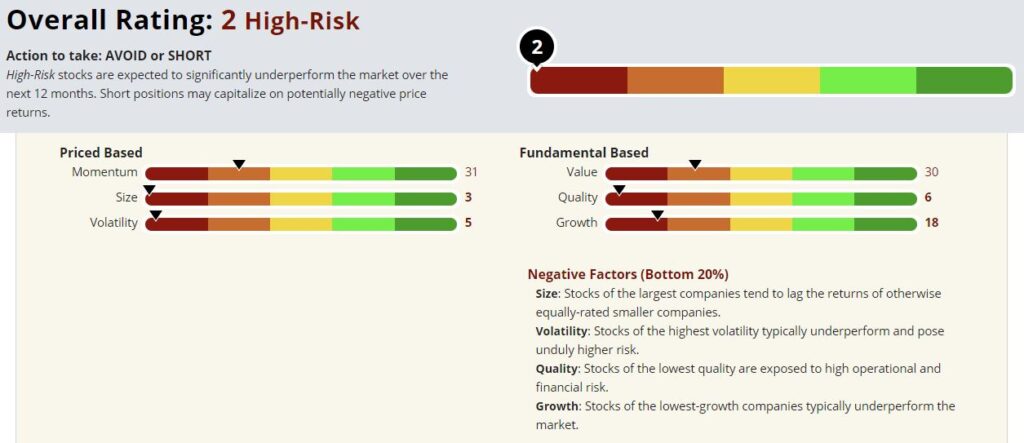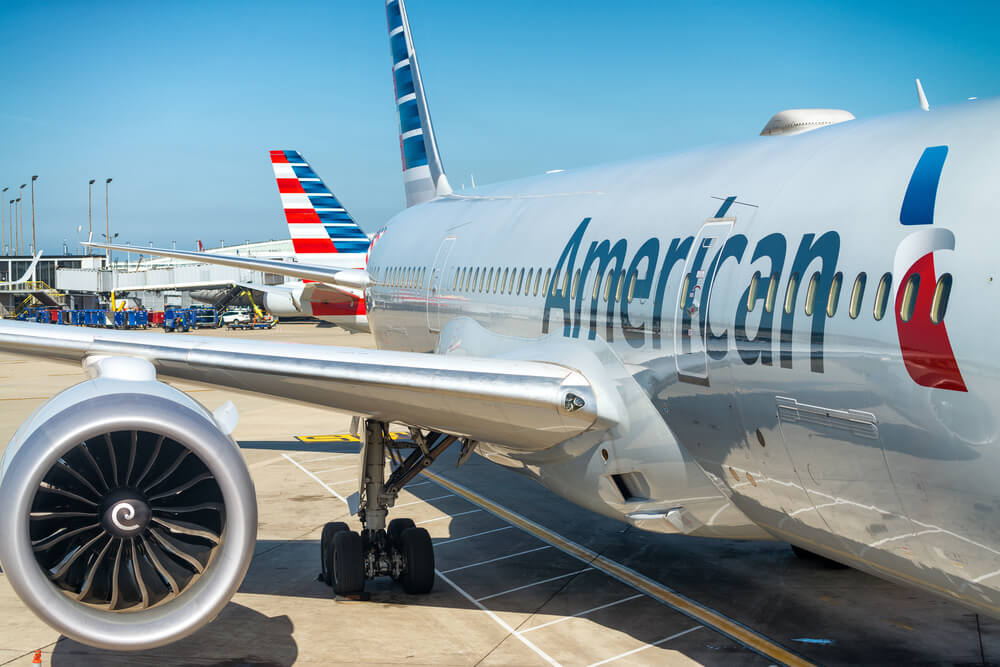The pandemic hasn’t been kind to the airlines.
Flights have been operational for months now with few restrictions, but passenger volume is a fraction of what it was last year.
Data from the Transportation Security Administration (TSA) showed an average of 822,310 passengers per day in U.S. airports between October 1 and October 15. It was 2.4 million passengers per day over the same period last year. So traffic has been slashed by nearly two-thirds.
And that’s bad news for airline stocks.
American Airlines Group Inc. (NYSE: AAL) has really gotten beaten up. The shares are down about 60% from their 52-week highs, and this is after a massive rally off the second-quarter lows.
Remember the joke about the salesman that loses money on every sale but plans to make it up on volume? Well, American can’t afford to play that game. It’s cutting back service, eliminating service in up to 15 cities. It plans to cut service to 15 more if federal aid doesn’t come soon.
American is in bad shape. But let’s be objective and see how American Airlines stock stacks up in our Green Zone Ratings system.
Well…
American Airlines Stock Rating
It’s bad. American Airlines sports an overall rating of just 2. That means it rates lower than 98% of the stocks in our universe.

American Airlines Green Zone Rating on October 16, 2020.
Let’s dig a little deeper.
Momentum — For a company that is down 60% from its 52-week highs, American rates highest in momentum with a rating of 31. We measure momentum over various time frames, and American has been in an uptrend since early May. Still, it’s bad when your highest category rating is a 31.
Value — American rates a 30 based on value. This means that, even though the shares are down sharply, they are by no means “cheap.” The fundamentals underlying the valuation have deteriorated even faster than the share price.
Growth — American rates an 18 on growth, meaning 82% of companies rate higher here. This is no surprise; the industry is going through a major restructuring right now. The only reason this figure isn’t lower is because we measure growth over different lengths of time, and growth rates looked good in the 10 years leading up to the pandemic.
Quality — Now, it really starts to look ugly. American Airlines rates a 6 based on quality. Our quality rating mostly measures profitability and balance sheet strength. And right now, American has neither.
Volatility — High volatility stocks tend to underperform over time, and a low rating here signals high volatility. Well, airlines are high-beta stocks even in the best of times, and these are far from normal conditions. American rates a 5 here.
Size —American rates lowest here, at 3, as it is a large-cap stock. Small-caps have traditionally enjoyed better returns over time.
What to Do With AAL Stock
One thing to keep in mind is that our rating system is backward-looking and can only process the data it has available.
We can’t look around corners. Our system has no way to handicap the possibility of a government bailout, a vaccine or any other potential market mover that could send American Airlines’ stock higher.
This is a highly speculative play that could work out fantastically well if there is some new, unexpected twist out of Washington D.C., or some major medical breakthrough puts the pandemic behind us once and for all.
But based on the numbers, there is simply no justification for owning American Airlines stock. Unless you’re a straight-up gambler, this stock is best avoided.
Money & Markets contributor Charles Sizemore specializes in income and retirement topics. Charles is a regular on The Bull & The Bear podcast. He is also a frequent guest on CNBC, Bloomberg and Fox Business.
Follow Charles on Twitter @CharlesSizemore.





